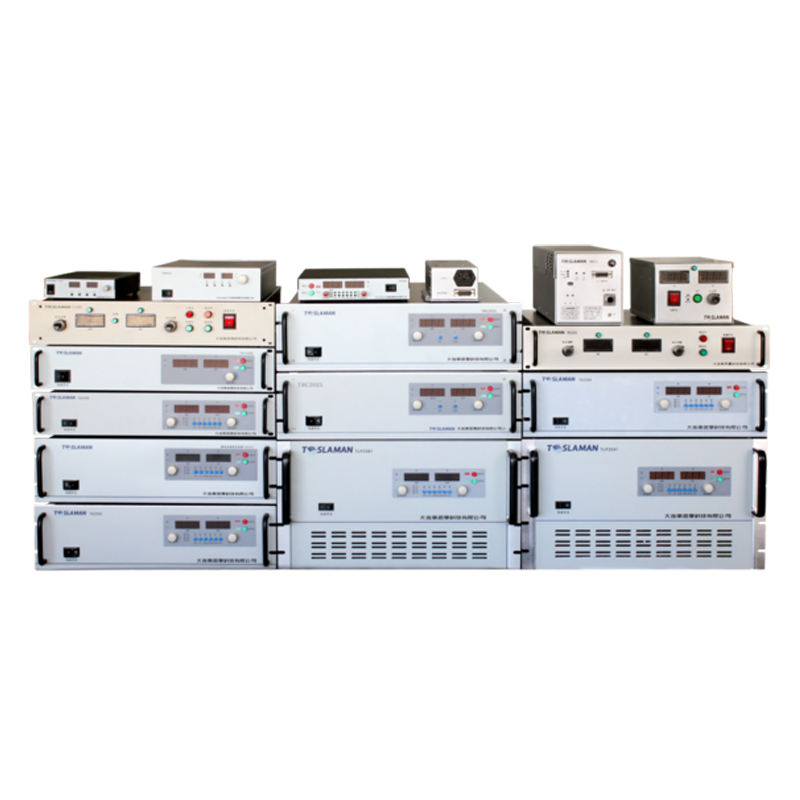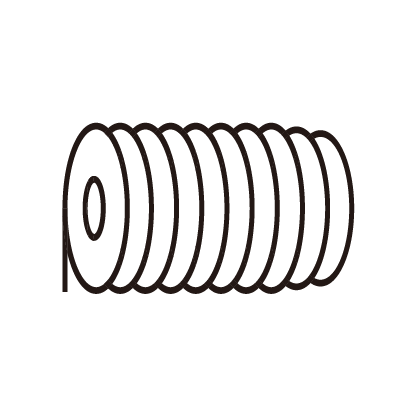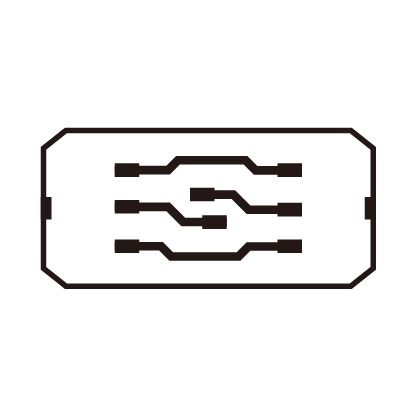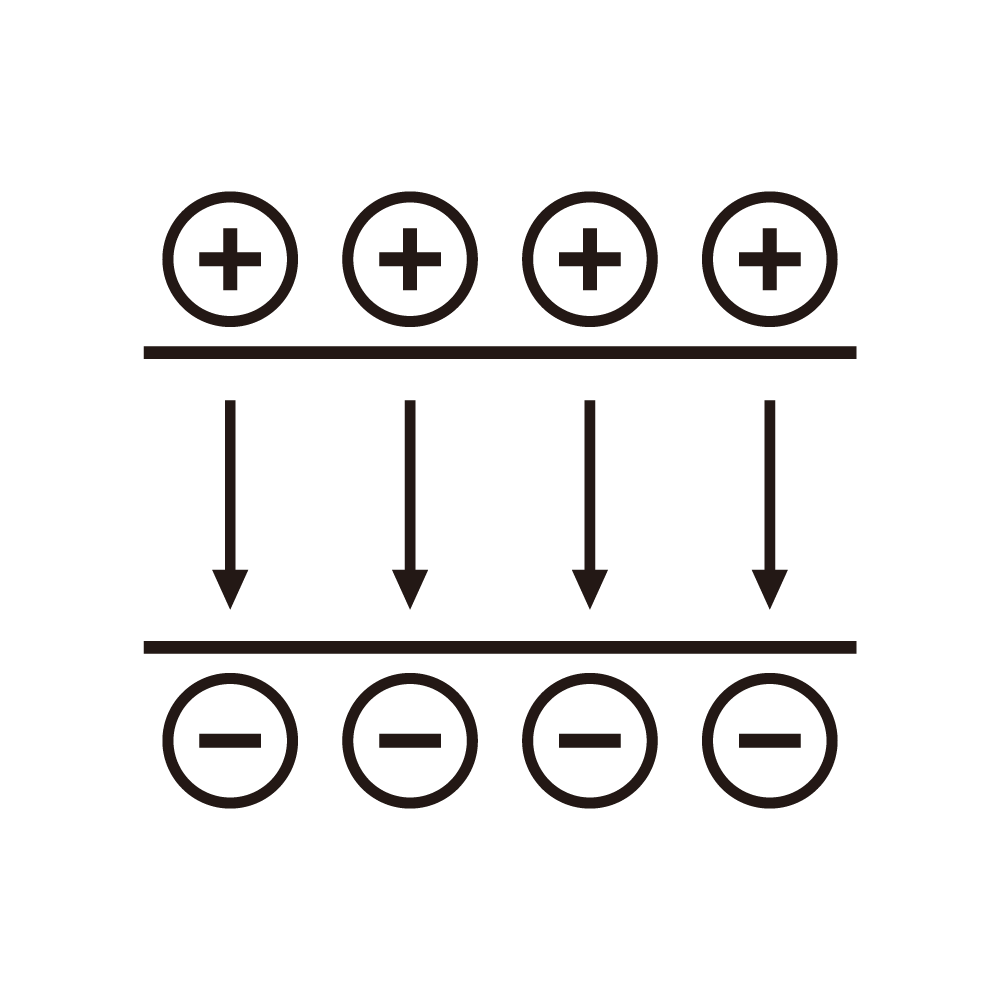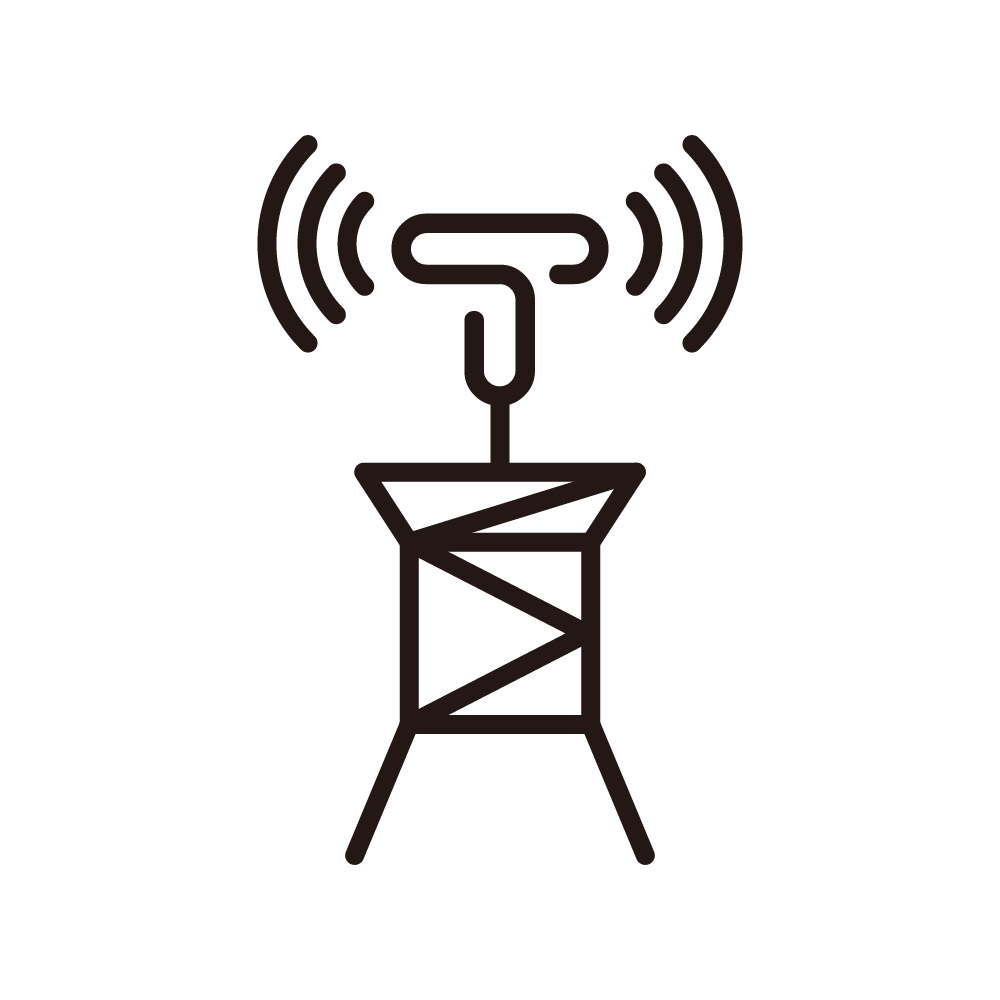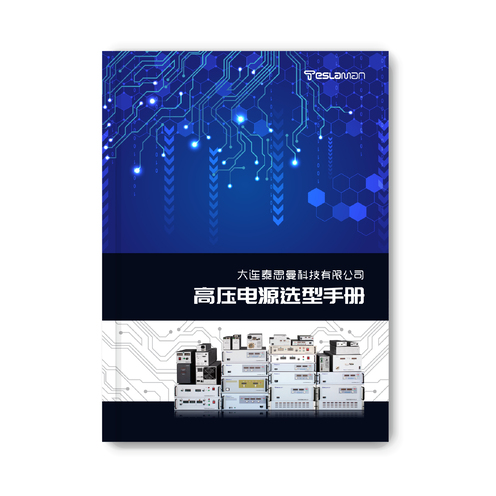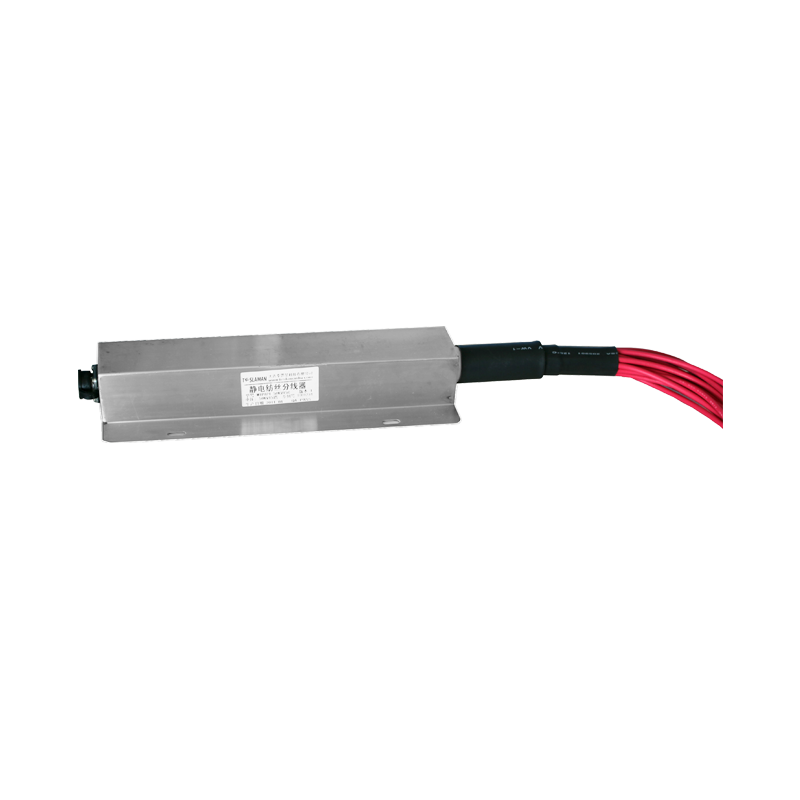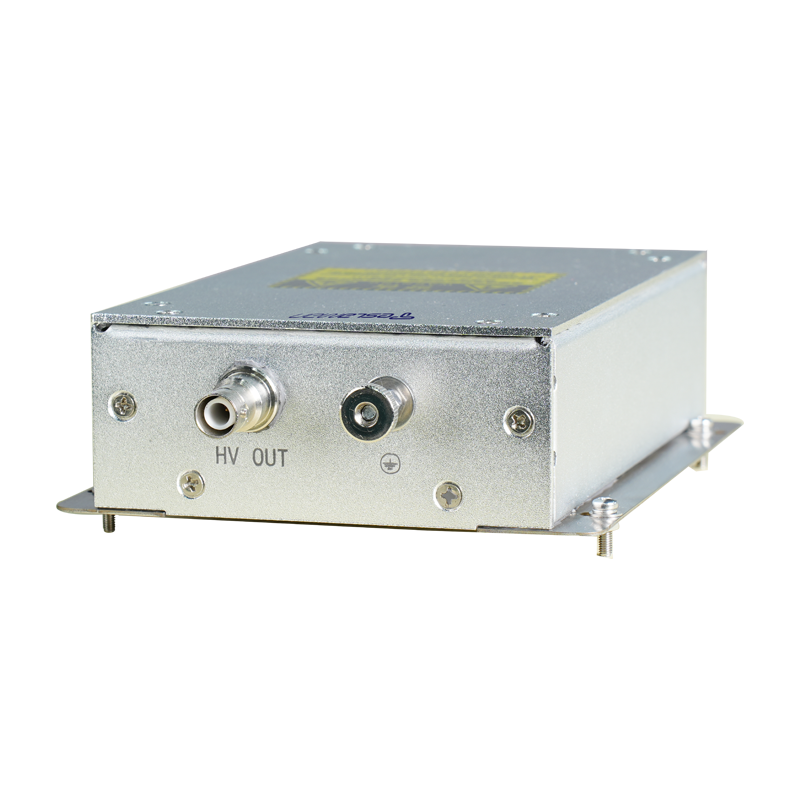Analysis of High-Voltage Power Supply Control in Magnetron Sputtering
Magnetron sputtering technology, as an efficient and stable thin-film deposition method, is widely used in semiconductor manufacturing, optical coatings, display panels, photovoltaic materials, and decorative coatings. Its core principle involves using a high-voltage electric field to excite gas molecules (such as argon) to form plasma in a vacuum chamber. Positively charged ions in the plasma are accelerated by the electric field to bombard the target material surface, transferring kinetic energy to release atoms or molecules from the target. These particles then deposit onto the substrate to form a thin film. In this process, the high-voltage power supply serves as a critical component of the magnetron sputtering system, and its performance and control capabilities directly affect the quality, uniformity, and adhesion of the deposited films. This article will explore the working principles of magnetron sputtering, control strategies for high-voltage power supplies, and optimization directions.
1. Working Principles of Magnetron Sputtering and the Role of High-Voltage Power Supplies
The basic principle of magnetron sputtering is to use a high-voltage electric field to excite inert gases (such as argon) in a vacuum chamber to generate plasma. Positively charged ions in the plasma are accelerated by the electric field to bombard the target material surface, releasing atoms or molecules through kinetic energy transfer. These particles then deposit onto the substrate to form a thin film. The main functions of the high-voltage power supply include the following aspects:
1. Providing Stable DC or Pulsed Voltage
The high-voltage power supply provides the required electric field strength for the magnetron sputtering system, typically ranging from several hundred volts to several thousand volts. A stable voltage output ensures consistent plasma density and energy distribution, thereby improving film uniformity and adhesion.
2. Controlling Sputtering Rate and Film Properties
The sputtering rate is closely related to the ion bombardment energy on the target surface, which is determined by the output voltage of the high-voltage power supply. Additionally, by adjusting the voltage waveform (e.g., DC, pulsed, or RF), the behavior of the plasma can be altered, influencing the chemical composition, crystal structure, and stress properties of the deposited film.
3. Adapting to Diverse Process Requirements
Different applications impose varying demands on thin films. For example, optical coatings require high density and low defect rates, while semiconductor manufacturing demands high purity and precise thickness control. The high-voltage power supply must offer flexible control capabilities to meet these diverse process needs.
2. Key Control Parameters of High-Voltage Power Supplies in Magnetron Sputtering
To achieve high-quality thin-film deposition, the high-voltage power supply for magnetron sputtering must precisely control the following key parameters:
1. Output Voltage and Current Stability
Fluctuations in output voltage can directly affect the energy distribution of the plasma and the sputtering efficiency of the target material, leading to uneven film thickness or degraded quality. Therefore, the high-voltage power supply must exhibit extremely high output stability (typically better than 0.1%) and maintain consistent performance during long-term operation.
2. Ripple and Noise Suppression
Output ripple and noise from the high-voltage power supply can interfere with plasma stability, potentially causing non-uniform discharge during the sputtering process and affecting film quality. This interference is particularly significant in precision coating processes. Thus, advanced filtering techniques and shielding measures must be employed in the design of the high-voltage power supply to minimize ripple and noise.
3. Dynamic Response Capability
Under certain dynamic process conditions (e.g., multi-layer deposition or multi-mode switching), the high-voltage power supply must adjust the voltage within milliseconds to adapt to varying process requirements. This requires excellent transient response characteristics and flexible programmable control functions.
4. Frequency and Waveform Adjustment
For RF magnetron sputtering or pulsed magnetron sputtering, the high-voltage power supply must support a wide range of frequencies (e.g., tens of kHz to several MHz) and waveform modes (e.g., square wave, sine wave, or modulated wave). By adjusting frequency and waveform, plasma behavior can be optimized to reduce target damage and improve film quality.
5. Load Adaptability and Protection Mechanisms
The load characteristics of magnetron sputtering systems may vary depending on target material, chamber design, and process conditions. The high-voltage power supply must exhibit good load adaptability and integrate protection mechanisms such as overvoltage protection, short-circuit protection, and overheating protection to ensure equipment safety and reliability.
3. Control Strategies for High-Voltage Power Supplies in Magnetron Sputtering
To further enhance the performance of high-voltage power supplies in magnetron sputtering, improvements can be made in the following areas:
1. Optimization of Circuit Topology
Traditional linear high-voltage power supplies, while stable, are inefficient and bulky. In recent years, switch-mode high-voltage power supplies have gradually become mainstream. By introducing soft-switching technologies (e.g., zero-voltage switching [ZVS] and zero-current switching [ZCS]), conversion efficiency can be significantly improved while reducing electromagnetic interference (EMI). Additionally, multi-stage boost topologies can incrementally increase voltage, reducing stress on individual stages and enhancing overall system reliability.
2. Introduction of Wide-Bandgap Semiconductor Devices
Wide-bandgap semiconductor materials (e.g., silicon carbide [SiC] and gallium nitride [GaN]) are ideal for improving the performance of high-voltage power supplies due to their excellent high-temperature tolerance, high-frequency characteristics, and low on-resistance. Compared to traditional silicon-based devices, wide-bandgap components can operate at higher frequencies while significantly reducing switching and conduction losses, thereby improving efficiency and reducing size.
3. Application of Intelligent Control Technologies
Intelligent control algorithms based on artificial intelligence (AI) and digital signal processing (DSP) can monitor system status in real time and dynamically adjust output parameters to achieve optimal process control. For example, load-adaptive regulation technology can automatically optimize voltage, frequency, and waveform based on target material, chamber pressure, and process conditions, thereby improving film quality.
4. Improvement of Thermal Management
High-voltage power supplies generate heat during operation, and inadequate heat dissipation can lead to increased device temperatures, higher losses, and reduced stability. Therefore, efficient thermal management solutions (e.g., liquid cooling, air cooling, or heat pipes) are critical for maintaining high efficiency and long service life.
5. Enhancement of Anti-Interference Capability
During magnetron sputtering, plasma discharges may generate strong electromagnetic interference, affecting the normal operation of the high-voltage power supply. By optimizing shielding designs, adopting differential signal transmission, and enhancing filter networks, the anti-interference capability of the power supply can be effectively improved, ensuring process stability.
4. Challenges in Practical Applications
Despite significant progress in the control technology of high-voltage power supplies for magnetron sputtering, several challenges remain in practical applications:
1. Adaptability to Complex Process Conditions
Different thin-film processes impose varying demands on high-voltage power supplies. For example, optical coatings require highly stable DC power supplies, while semiconductor manufacturing may need high-frequency or pulsed power supplies. Designing adaptable high-voltage power supplies remains a key focus for future research.
2. Balancing Miniaturization and High Efficiency
As equipment trends toward miniaturization, achieving efficient heat dissipation and high power density within limited space presents a design challenge.
3. Stability in Extreme Environments
In vacuum, high-temperature, or high-radiation environments, the performance of high-voltage power supplies may be affected. Ensuring high-quality output under extreme conditions remains an important issue.
5. Conclusion
The control capability of high-voltage power supplies in magnetron sputtering is a core factor determining thin-film deposition quality and process efficiency. By optimizing circuit topology, introducing wide-bandgap semiconductor devices, applying intelligent control technologies, and enhancing thermal management, the performance of high-voltage power supplies can be significantly improved to meet the demands of advanced magnetron sputtering processes. However, challenges related to complex process conditions and extreme environments still need to be addressed in practical applications.
With the continuous development of power electronics technology, high-voltage power supplies for magnetron sputtering will play an increasingly important role in advanced fields, providing more efficient and reliable solutions for scientific research and industrial production.
